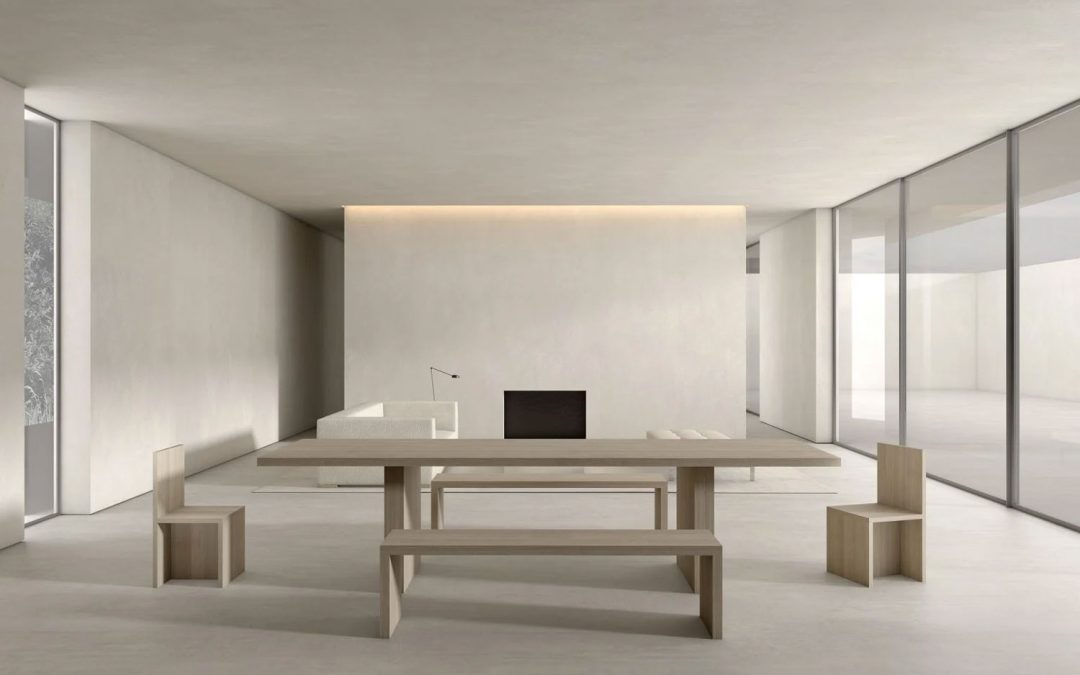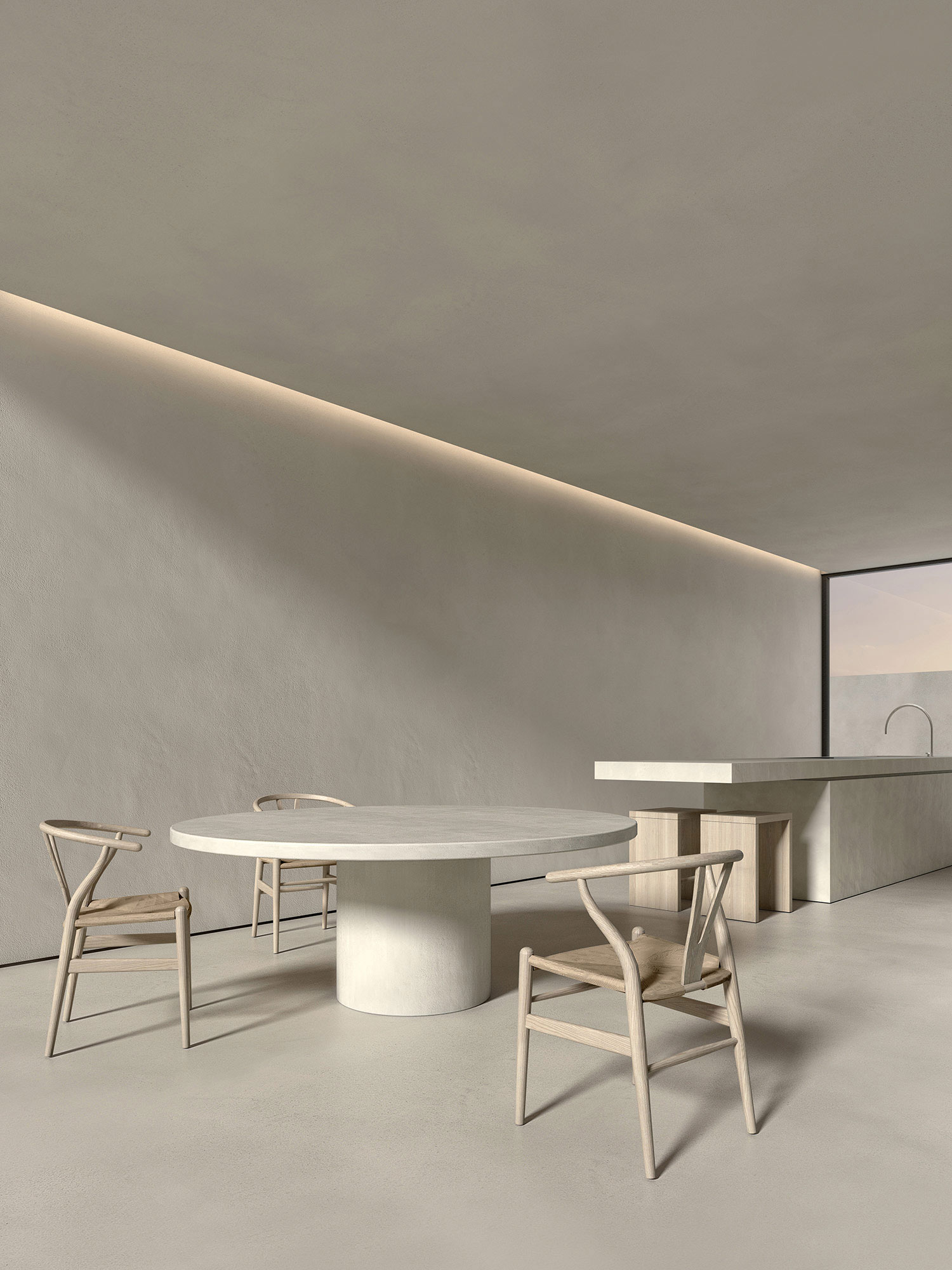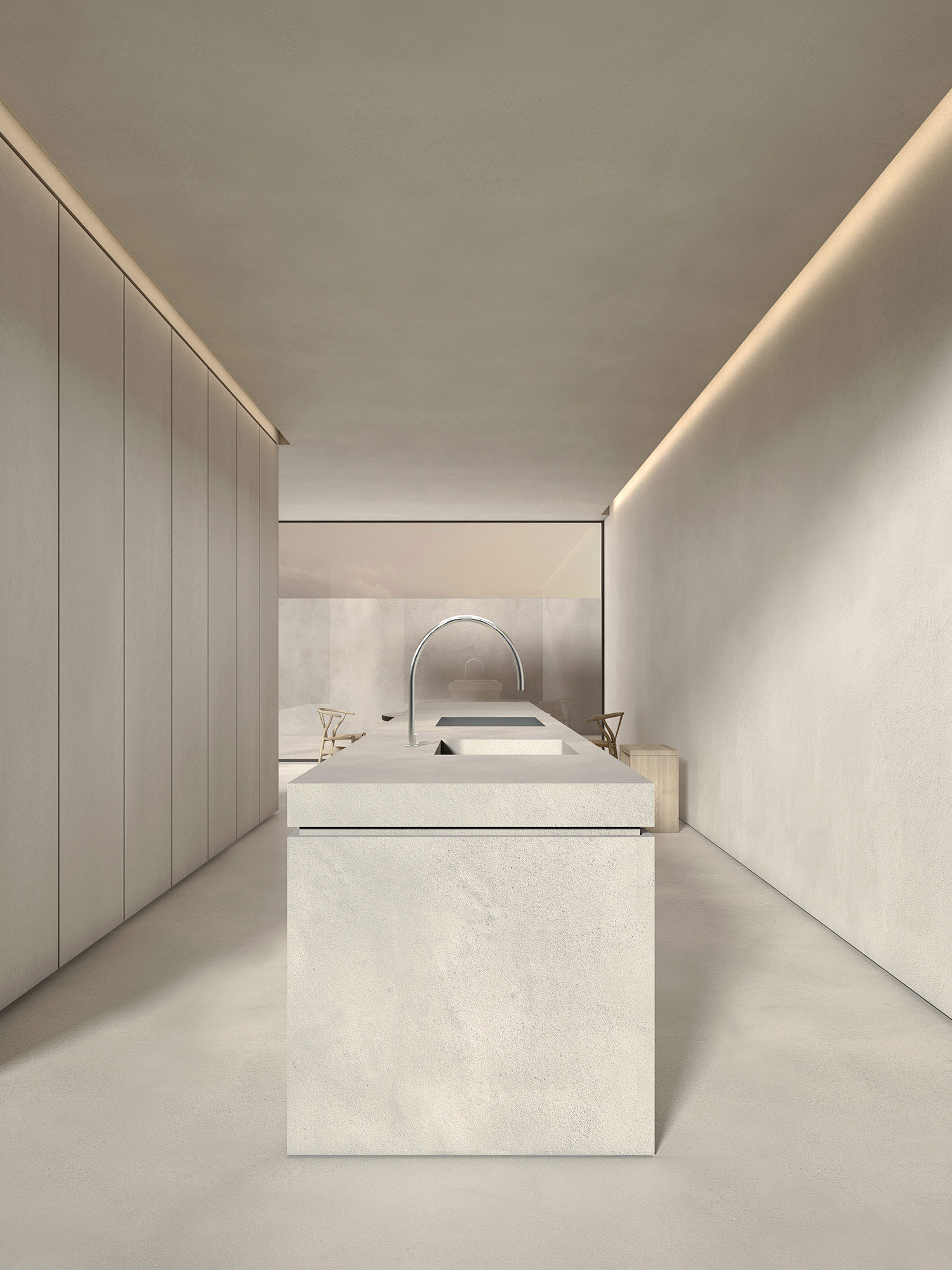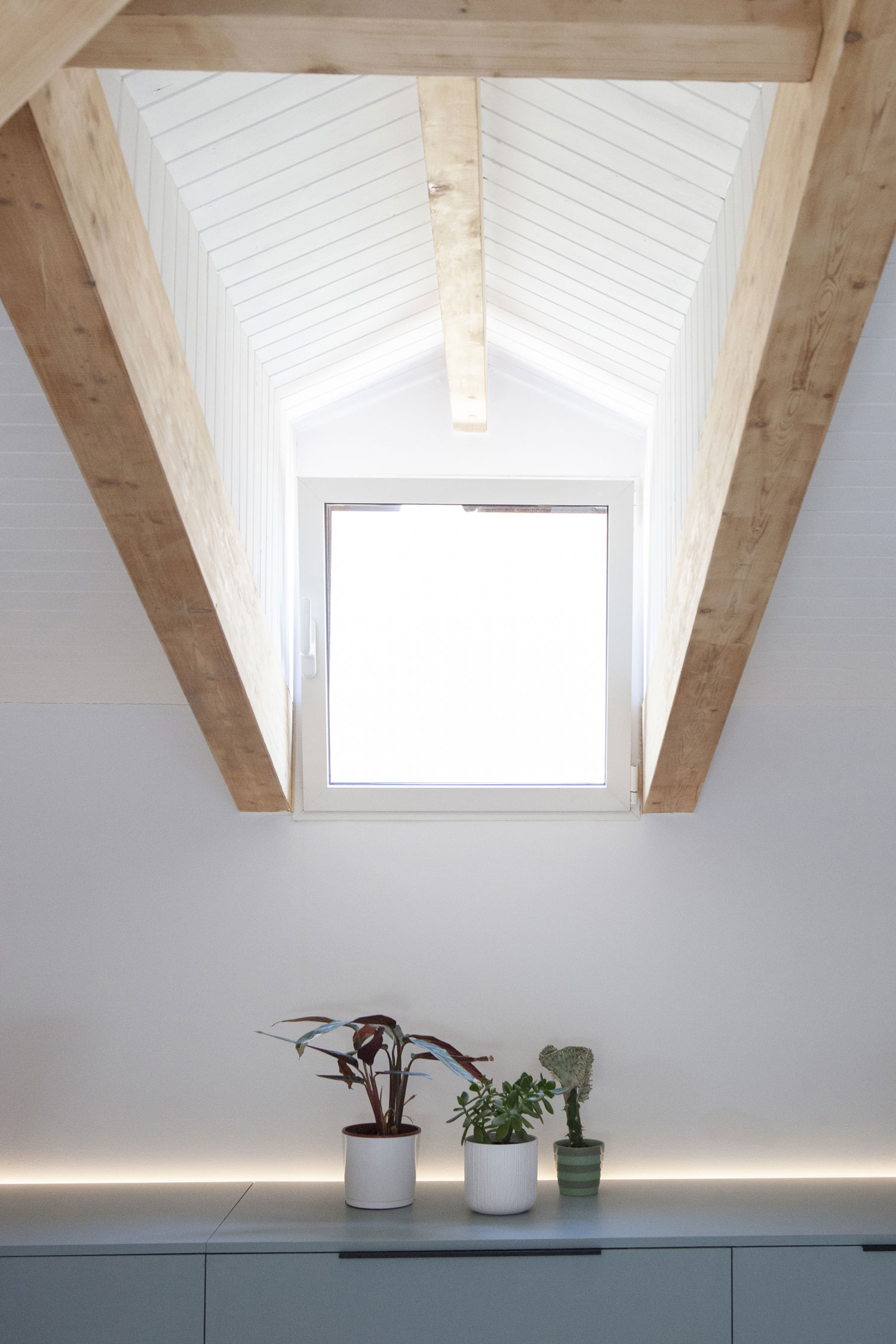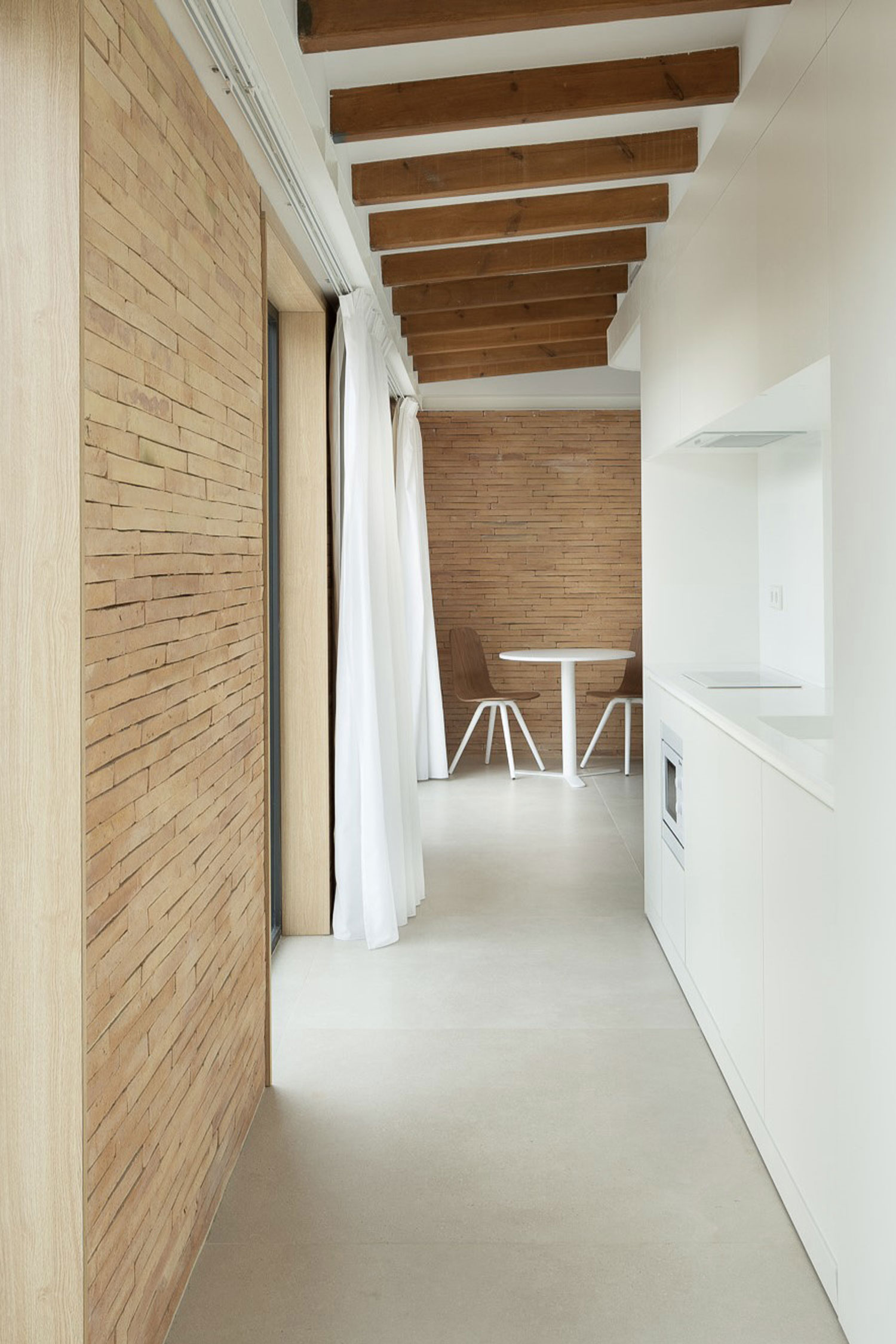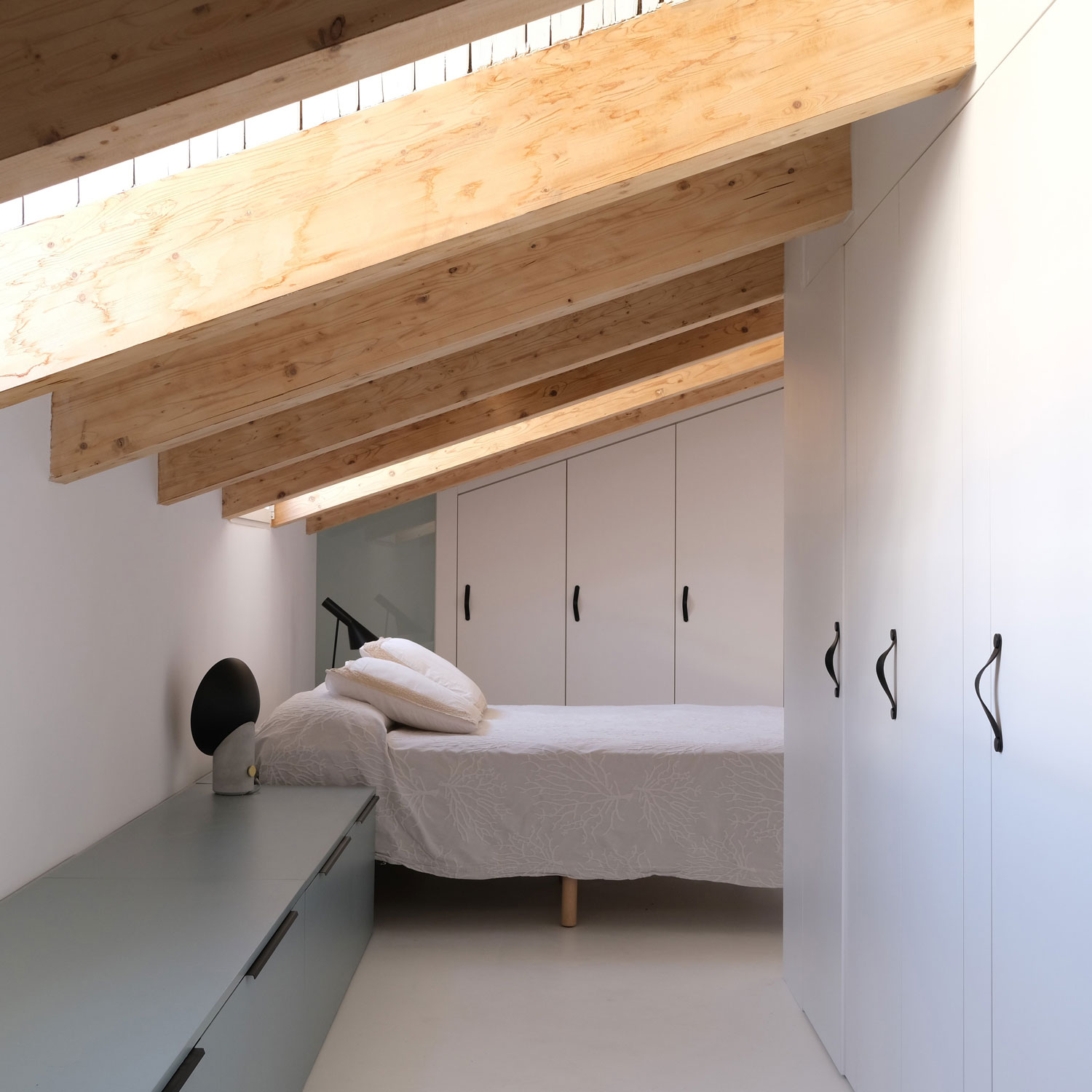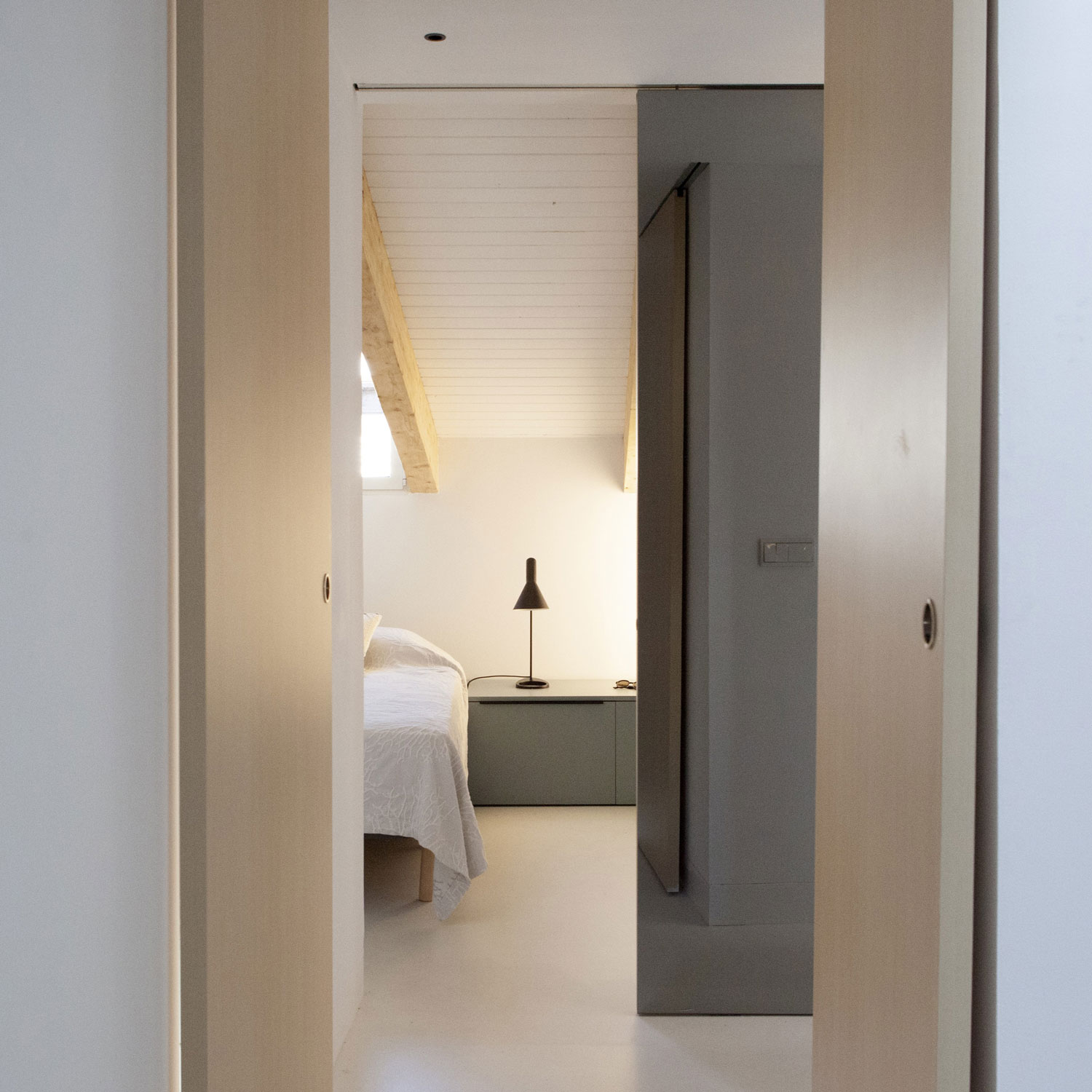In the world of architecture and interior design, minimalism has left an indelible mark. Its focus on simplicity, cleanliness and functionality has won the hearts of many, making it a timeless style that transcends passing fashions. In this article, we will explore the essence of minimalism and how it can transform your space into a haven of serenity and elegance.
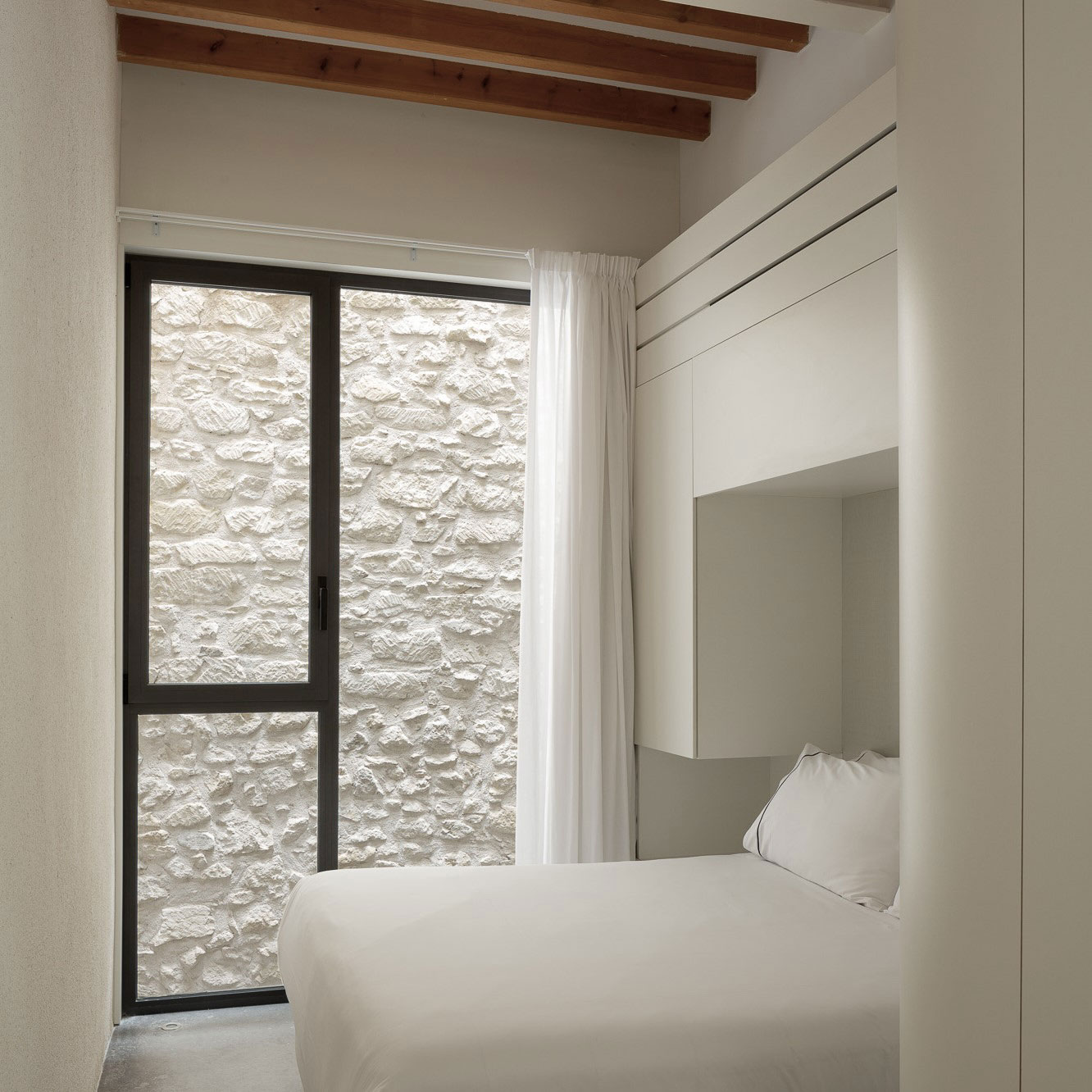
What is Minimalist Decoration?
Minimalist decoration is a style that focuses on the elimination of superfluous elements and the search for the essence of a space. It is characterized by clean lines, neutral colors and a sense of order and harmony. Rather than overwhelming with excessive ornamentation, minimalist decor allows the quality and purity of each element to stand out on its own.
The Color Palette: Simplicity and Serenity
In the minimalist color palette, less is more. Neutral tones such as white, gray, beige and black dominate the space, providing a sense of calm and balance. These colors act as a backdrop to highlight the beauty of natural materials such as wood, marble and steel. The simplicity of the minimalist color palette allows the focus to be on form and texture, creating a sense of sophistication and elegance.
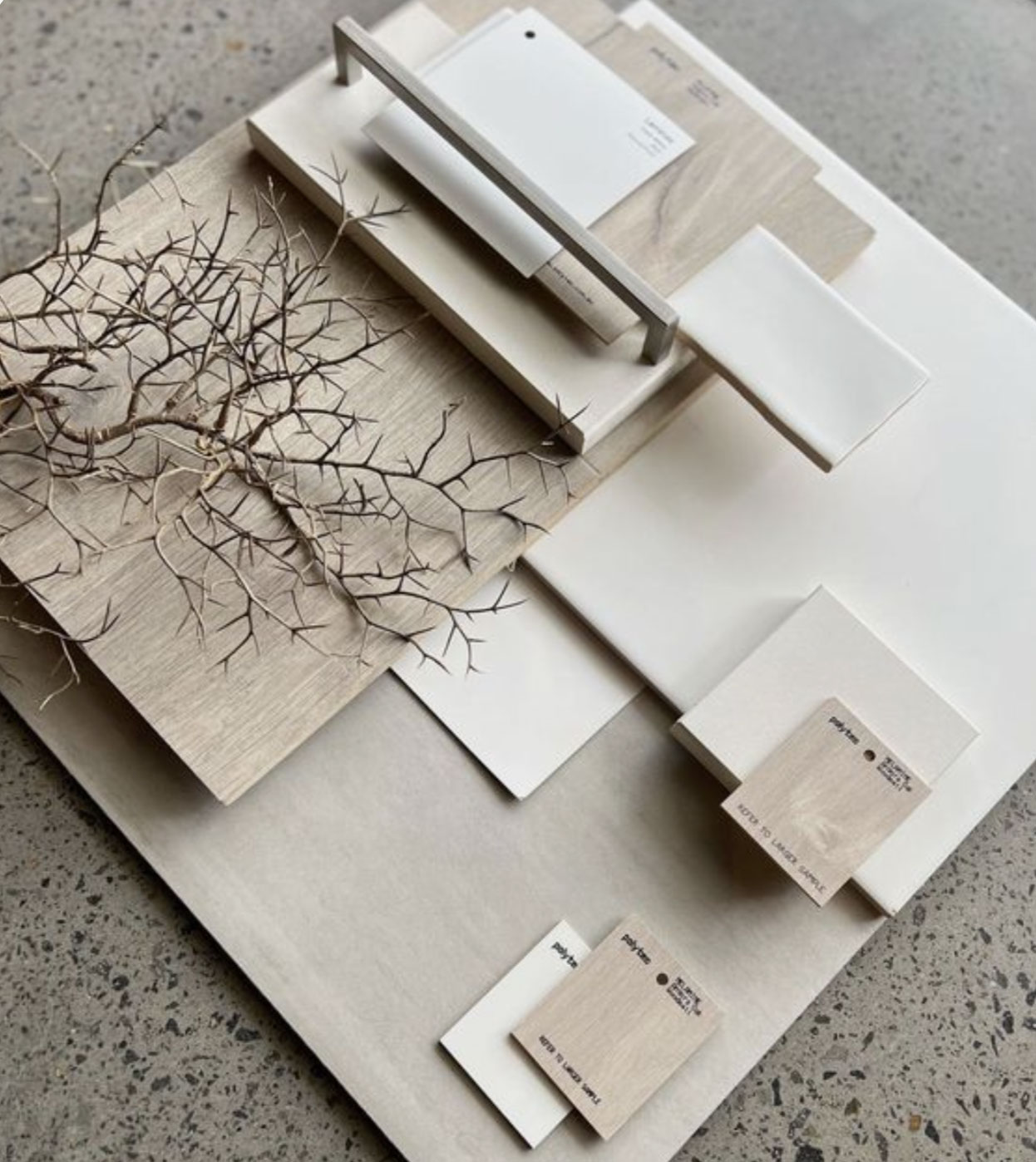
Less is More: The Essence of Minimalism in Architecture
Minimalism in architecture, according to the iconic Ludwig Mies van der Rohe and his famous phrase “less is more”, emphasizes functionality and visual harmony. This approach eliminates the superfluous, favoring clean lines, open spaces and a calm color palette.
More than an aesthetic, minimalism seeks essence and beauty in simplicity, generating spaces that inspire serenity and mental clarity.
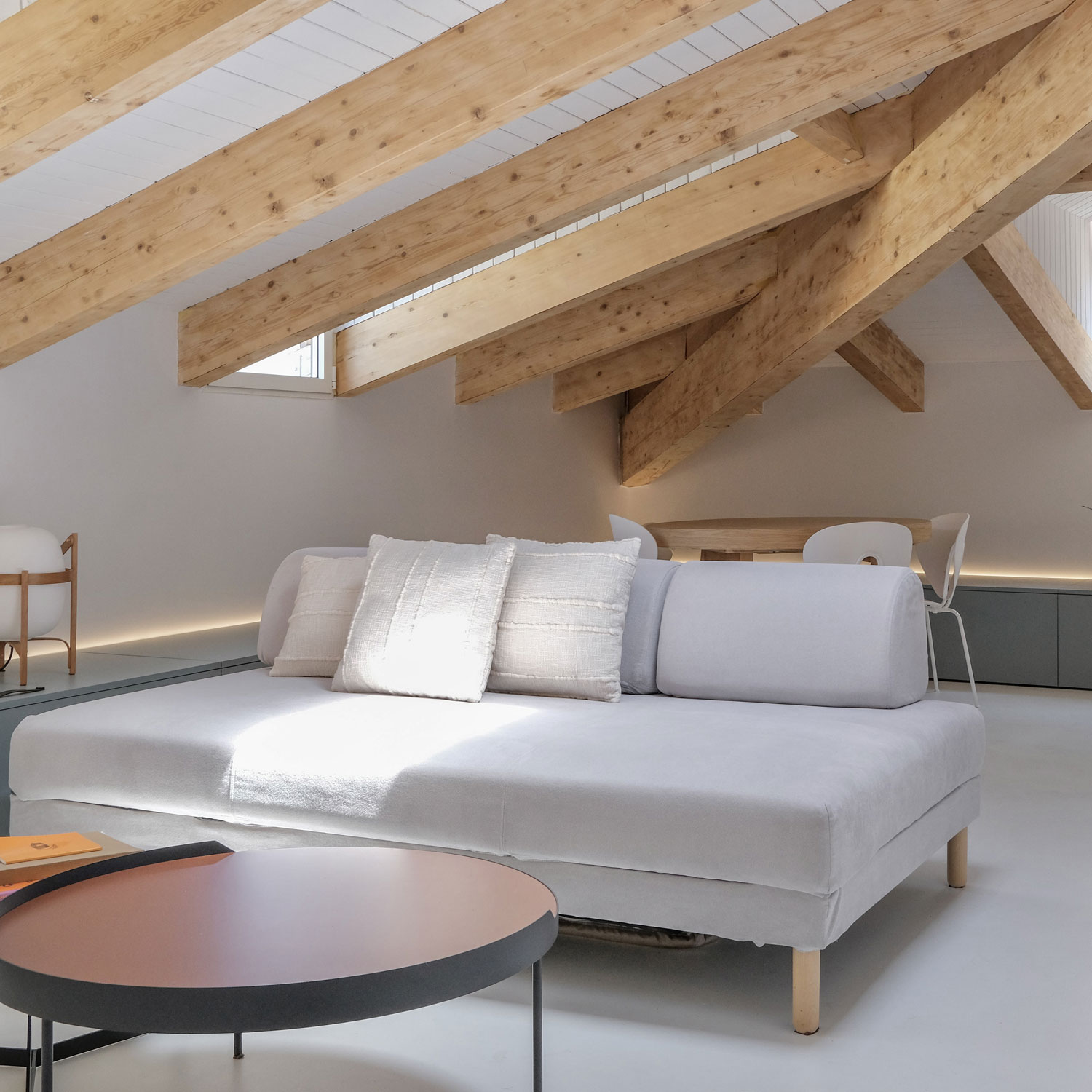
Minimalism in architecture is also manifested through the careful design of the furniture, which plays a crucial role in this house. A piece of furniture with clean and minimalist lines frames the entire house, providing a contemporary touch with its color, which slightly breaks with the predominant neutral tones in the rest of the space.
This conscious choice reinforces aesthetic cohesion and a sense of order and harmony, essential elements of architectural minimalism.
Functionality as a Priority
In a minimalist space, functionality is key. Furniture and accessories are chosen not only for their aesthetic beauty, but also for their utility. Each piece should have a specific purpose and contribute to the comfort and practicality of the space. Intelligent design and efficient organization are essential to maintain cleanliness and visual clarity at all times.
The Importance of Light and Space
One of the pillars of minimalism is the maximization of space and light. Minimalist rooms are often flooded with natural light, creating a feeling of spaciousness and freedom. Furniture and accessories are carefully chosen so as not to obstruct air circulation and light. This not only contributes to a serene atmosphere, but also makes the space appear larger and cozier.
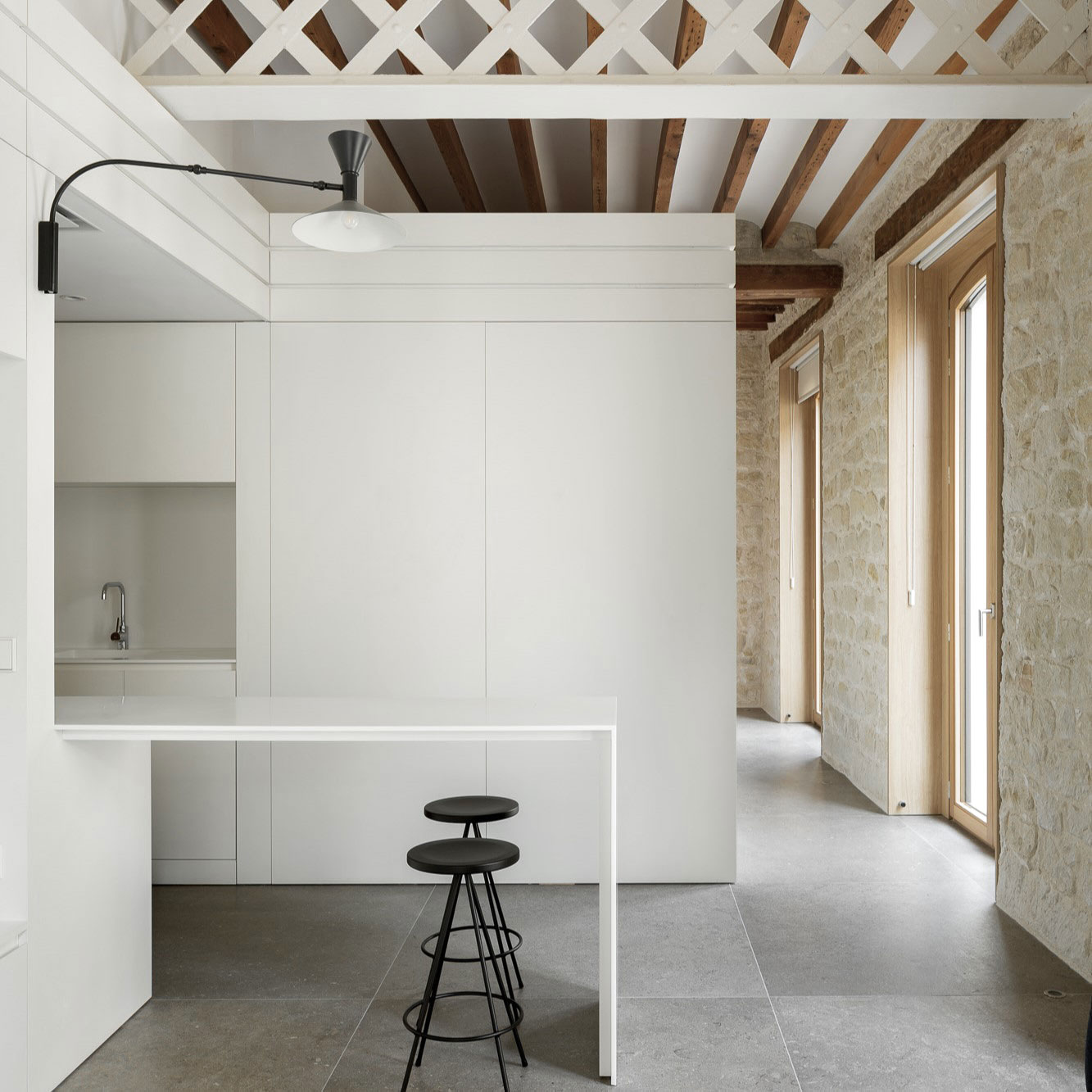
Written by Rebeca Carceller, published by Cronotopos Arquitectura.

